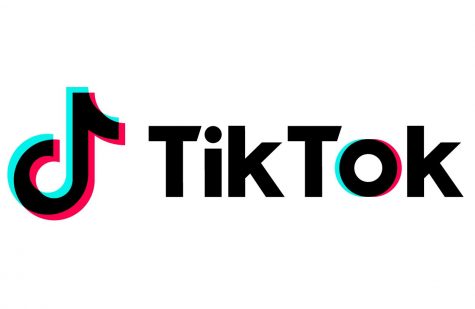“CGI – A weapon of mass destruction or creation”
October 21, 2019
The first movie to use 3D CGI was released in 1973. Since then, CGI has been popularized by Disney/Pixar. Most recently with the live-action remake of “The Lion King.”
When I first saw “The Lion King” trailer, my breath was taken away. The movement of the animals and the lush scenery of the African savanna made it almost lifelike. Almost. Putting on our critical caps for a moment, CGI is getting better, but it isn’t perfect. Thus, we enter “Uncanny Valley.”
The most common example of the uncanny valley is the CGI used in “The Polar Express.” People describe the characters in “Polar Express” as unsettling. That is exactly what uncanny valley is–when something is close, but not quite there. The new “Lion King” movie, despite its realism, loses something when human emotions are translated into stoic animal faces.
As a result, CGI remakes claim another victim: the charm of the original.
Next in line for a CGI remake is the Broadway Musical: “Cats.” Though it has yet to be released, the trailer alone sparked controversy. Complaints ranged from the cats’ size to the overabundance of mega-celebrities to the traces of “uncanny valley” in the cats’ design. However, I disagree with the general outrage surrounding “Cats.” CGI has helped create something new: an unpleasable audience. After multiple disappointing films and off putting images, what constitutes a good CGI film anymore? Realism? Immersion? Artistic taste? There are outlets championing each, leaving moviemakers to wonder if there is a way to please the media.
CGI opens up a whole new world of creative possibilities, but what are the consequences? In the wise words of Ian Malcolm from “Jurassic Park,” “Your scientists were so preoccupied with whether or not they could, they didn’t stop to think if they should.” This segways into my final point: the “Sonic the Hedgehog” movie. The trailer was met with the generally unpleasant feedback. Sonic’s CGI design was so disliked the creators of the film pledged to fix it. In this new age of technology, not only has filmmaking changed, but also the filmmaker’s relationship with their audience. Instead of the success of a movie being determined after its release, it is determined long beforehand.
From 1973 to today, the world has changed tenfold. CGI is relatively unimportant, but the steadily emerging culture around it may have more impact than anyone could have foreseen. As art battles crowd-pleasing, originality loses to money-making, and realism fights off the uncanny valley, the influence we have on the media we consume grows. Perhaps harsh opinions limit the variety of films, conversely, movie creators ought not to let others influence their creation. CGI is a tool, whether it is a destructive or creative is up to consumers.




















